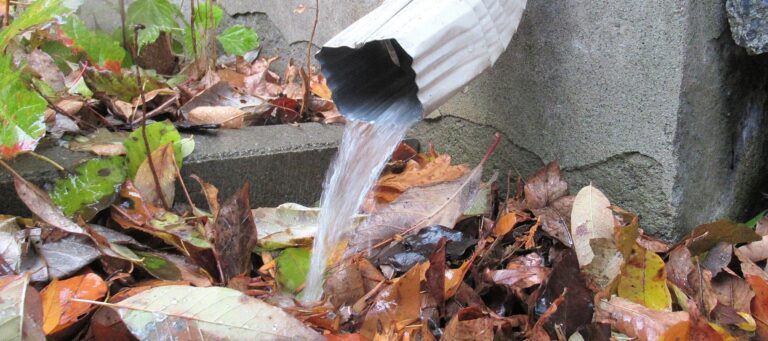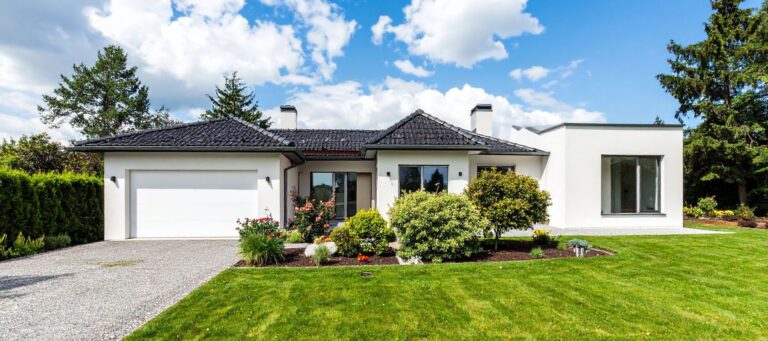Make Informed Decisions About Your Drainage Systems
Improve Your Drainage With Wise Investments
When it comes time to help your home, we understand that your top-of-mind concern is what it will cost you. Unfortunately, it can be difficult to get clear information on this due to how widely prices can vary.
At G.L. Hunt, our team understands how frustrating this can be. That’s why, in addition to providing expert installations for gutters and drainage systems, we aim to provide expert guidance on how to find realistic service estimates.
How To Estimate The Cost Of Your Service
The first step in figuring out the cost of a drainage system installation is to understand what factors cause prices to fluctuate.
These factors include:
- Size of the project
- Additional labor costs
- Company-specific prices
- Estimated service timeline
- Materials or brands used
- Geographic location
Every home is different and may require unique services to ensure water flows away from it safely.
Luckily, we offer free estimates, so it’s easy to let our experts take a look! Our team is committed to delivering thorough inspections that ensure you receive an accurate quote for your upcoming project.

Find Your Service Cost With G.L. Hunt
When you’re looking to make updates to the exterior drainage systems on your property, our team of Texas experts is happy to lend a hand! We understand the reservation about scheduling your service before knowing the price — which is why we offer consultations!
This inspection is free for you, and it gives us the chance to understand the specific needs of your property. With this knowledge, we can give you a personalized estimate that helps you better understand the cost of your service.
Our Expert Guide To Service Estimates
While we can’t give you an exact cost of service without understanding the specific state of your property, we don’t want you to be caught off guard either. That’s why we’ve provided estimates for different drainage systems as well as information about what can influence pricing.
How Much Do New Gutters Cost?
When looking for the cost of new gutters, you may see this written as the total cost of service or the cost per linear foot — the latter referring to how much it will be to provide a foot of the gutter pipe material.
When looking at the total cost, it typically spans from as low as $600 to as high as over $2,000. You’ll need to assess your specific project needs and materials to get a clearer picture of the size of your investment.
What Impacts Sump Pump Prices?
When it comes to installing a new sump pump, you can expect installation prices near the $1,500 mark — with some variation of course. You’ll want to be mindful of the specifics of your installation project, as different situations can cause this number to move up or down.
In some cases, the accessibility of your crawl space can affect the price. Additionally, there are different styles of sump pumps, and the details of your new system can cause price estimates to shift. Familiarize yourself with the needs of your home so you know what to expect from your service.
How Much Does An Exterior French Drain Cost?
French drainage systems can be costly, with the high installation estimate reaching around $18,000. Don’t panic though, as some estimates put this service as low as $500.
Due to the extreme range of these prices, the average is located on the higher end of the spectrum. Speak with your local installation experts at G.L. Hunt for a better understanding of what you can expect a French drain installation to cost for your home.
Additionally, you may see prices broken down as cost per linear foot. To determine what your total price will be, you’ll need an accurate answer to how many feet of pipe your home will require. This is something our team at G.L. Hunt can help determine, so reach out to schedule your consultation with our team!
What Influences The Price Of Surface Drain Investments?
Another popular option for homeowners is surface drains, which catch water through a grate that lies against your property. The price of these systems depends on a variety of things — including the extent of service.
For example, if you’re adding drains to one side of your home, the price will likely be less than it would be to install drains in both your front lawn and backyard. Speak with one of our experts to get more information about installation prices for this drain type!
Long-Term Cost Benefits Of Texas Drainage Systems
While installing gutters or ground drainage systems may seem overwhelming, it’s important to weigh the needs of your property and determine what long-term benefits the service can provide.
Without protection from drainage systems, your home may be at a higher risk for foundation problems, wood rot, water damage and mold growth — which could require costly solutions.
Investing in drainage systems can benefit your finances in the long run by preventing greater problems.
Turn To Our Team For More Information
We serve Texas communities with pride and we always strive to help you achieve the best results possible for your home. Whether you’re ready to commit to your drain system installation or you’re looking to set up a consultation for your gutter project, we can provide the dependable care you and your home deserve.
Reach out to G.L. Hunt today!









